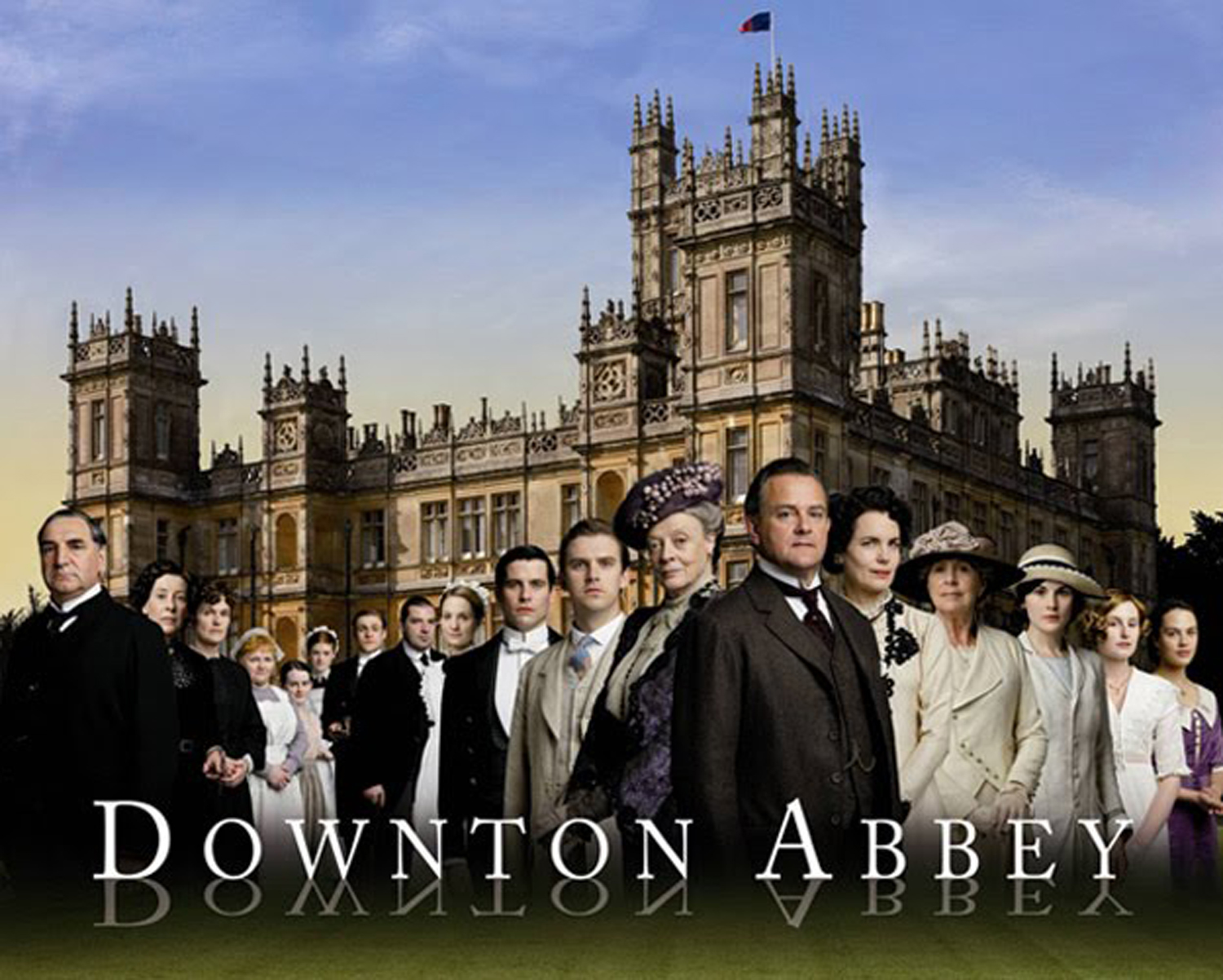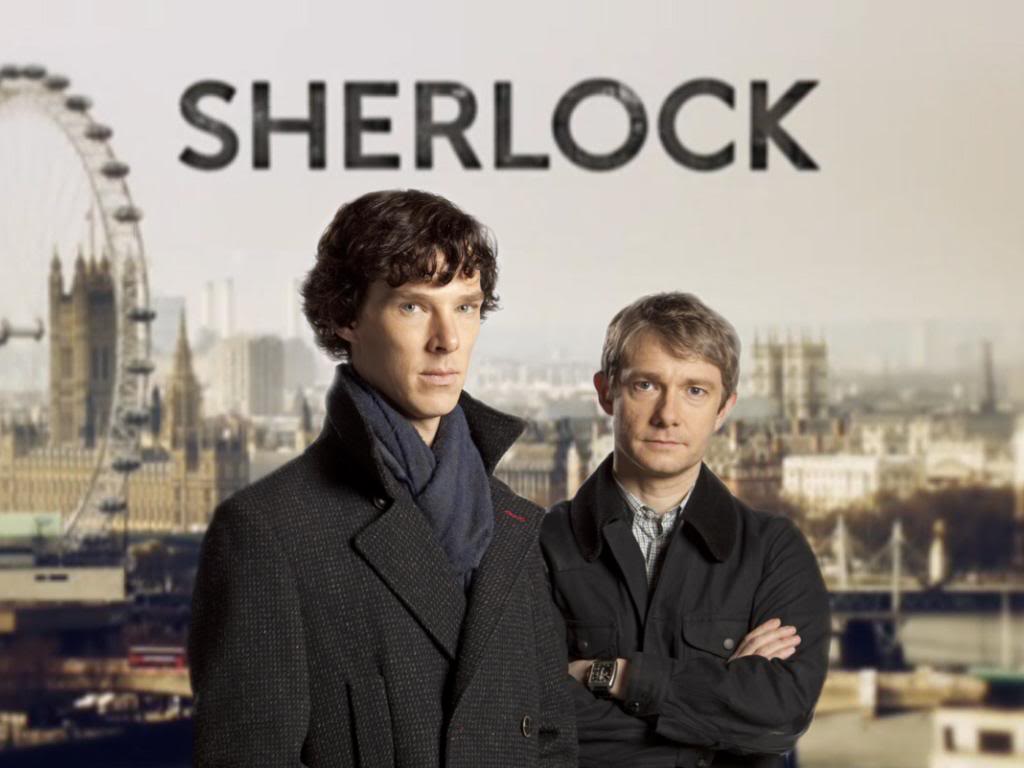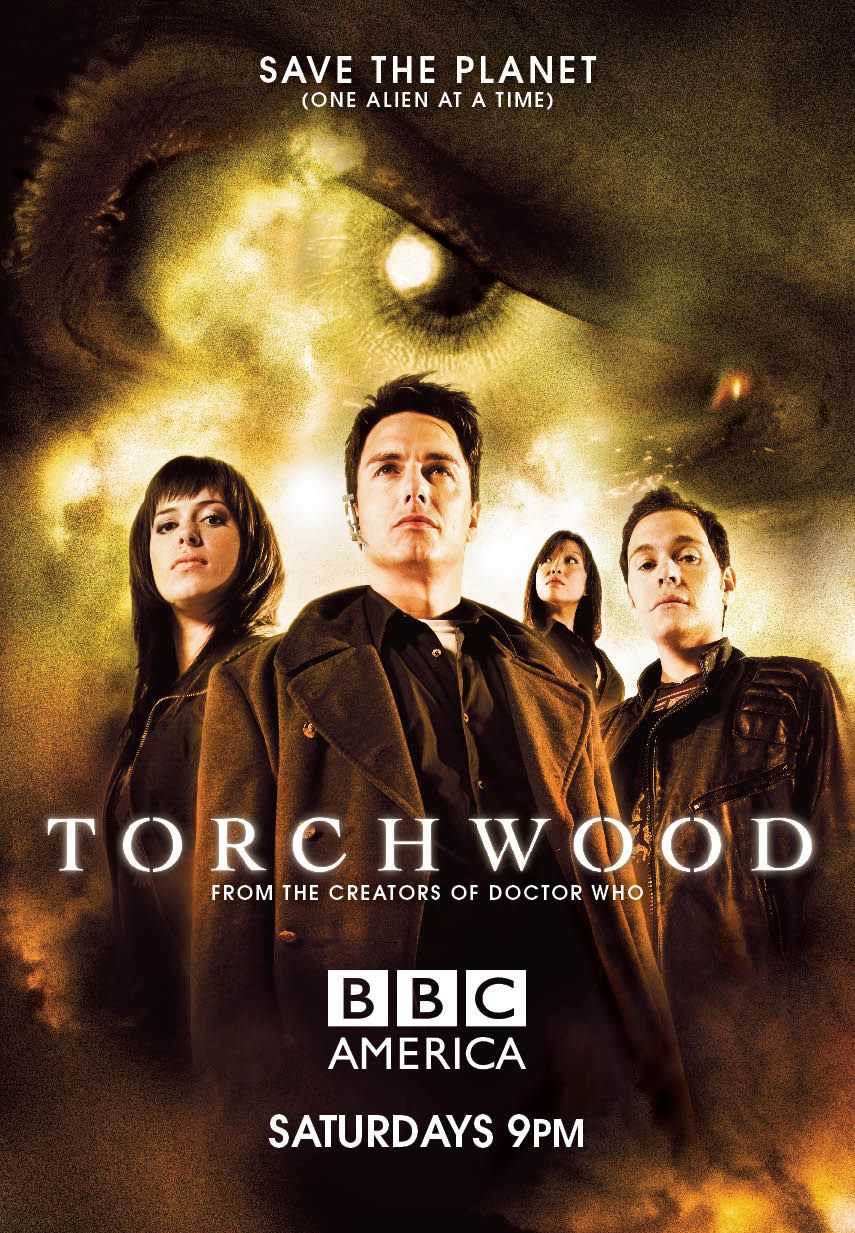Bollywood, Hollywood — Trollywood?
 I’ve been thinking about the long-standing, productive relationship between the US and the UK in the field of broadcasting for some time. My recent book Network Nations traced some aspects of that history, from the early days of radio up to the late 1970s. This year, aided by a sabbatical and a Fulbright research fellowship at the University of Nottingham, I’ve picked up the story from the 1980s on – not an easy task, as it turns out.
I’ve been thinking about the long-standing, productive relationship between the US and the UK in the field of broadcasting for some time. My recent book Network Nations traced some aspects of that history, from the early days of radio up to the late 1970s. This year, aided by a sabbatical and a Fulbright research fellowship at the University of Nottingham, I’ve picked up the story from the 1980s on – not an easy task, as it turns out.
But I think it’s time to come out with a bold statement: somewhere in the British/American relationship, a distinct genre of television has originated, which I propose (tongue in cheek, in the best British manner) to call “Trollywood”: that transnational creative space created by the collaboration of British and American television producers over the last 50 years. Furthermore, Trollywood’s operations have called into being a transnational public, not only composed of US and British audiences but assembling others from across the globe, whose members arguably have as much as or more in common with each other in terms of cultural affinities and shared affective experience, across national boundaries, than they have with other audiences in their home countries. This despite the fact that the extent of the relationship has been downplayed in both nations, has been criticized on both sides, and is exceedingly hard to tease out.
But I will try, with a few numbers and statistics. Let me assure you from the outset that these numbers are entirely unreliable – they are compiled through the BFI database, a wonderful instrument that nonetheless has enough quirks and omissions that the actual numbers given here should be understood as the roughest of approximations. For instance, sometimes each episode in a series is counted as a separate production, sometimes not; some productions are counted twice or more since they have more than two co-production partners, etc. But key patterns and formations emerge.
 From 1980 to 2010, BFI tells us, a total of 2,237 programs have resulted from US/UK co-production. Of those, the BBC has produced 1,345, or slightly more than half. Other major UK co-producers are Channel Four and the various ITV companies. Since the re-structuring of the UK television industry in the 1990s, a host of independent production companies has emerged, many of them headed by former BBC and ITV co-production execs: Carnival, Left Bank, Kudos, Mammoth, and many others. One of the most important forces to enter the scene in recent years has been BBC America, now itself often a co-production partner with both British and American companies.
From 1980 to 2010, BFI tells us, a total of 2,237 programs have resulted from US/UK co-production. Of those, the BBC has produced 1,345, or slightly more than half. Other major UK co-producers are Channel Four and the various ITV companies. Since the re-structuring of the UK television industry in the 1990s, a host of independent production companies has emerged, many of them headed by former BBC and ITV co-production execs: Carnival, Left Bank, Kudos, Mammoth, and many others. One of the most important forces to enter the scene in recent years has been BBC America, now itself often a co-production partner with both British and American companies.
On the US side, the dominant force by far is WGBH/Masterpiece, with 690 co-productions listed by the BFI between 1980 and 2010. Cable channel A&E and New York public TV station WNET/Thirteen follow, with 287 and 216, respectively, dating from the 1980s. But more recent cable and pay-cable partners like HBO, Discovery, Animal Planet, and Showtime are moving up, while important historical players, like Time-Life Films, have faded away.
What emerges clearly from these highly tentative numbers, however, is that the BBC/WGBH connection has been and still is by far the dominant one, with 548 prominent co-productions over this period, consisting of more than 200 series (some only 2 or 3 episodes, others running much longer) and many other one-off productions. This is a considerable output, rivaling all but the biggest studios in commercial TV production, and indicating that this transnational partnership is important for public service broadcasting on both sides of the Atlantic. And its audience numbers in the millions, across cultural and linguistic borders – all tuned into Trollywood.
 Of course, the most popular US commercial programs obtain much bigger audiences through global distribution. But what is distinct about Trollywood as I am defining it here is that these programs are co-productions: not made in one place and shipped off the shelf across the globe, but arising from a long-standing relationship of mutual influence, creative input, and distinctly transnational production practices. They also face unique challenges in their home nations, as well as taking advantage of unique opportunities.
Of course, the most popular US commercial programs obtain much bigger audiences through global distribution. But what is distinct about Trollywood as I am defining it here is that these programs are co-productions: not made in one place and shipped off the shelf across the globe, but arising from a long-standing relationship of mutual influence, creative input, and distinctly transnational production practices. They also face unique challenges in their home nations, as well as taking advantage of unique opportunities.
I’ll explore the issues behind transnational co-production in future posts. But next time you watch Sherlock, or Downton Abbey, or Torchwood, think “I am Trollywood nation” – a transnational public sharing affinities for a certain type of TV, a distinct set of productive practices and concerns, a historic constellation of affective cultural experience. Not sure what difference that will make, but it’s worth trying on for size.



Excited to see more on this in the future, Michele.
Meanwhile, while acknowledging that you could offer an answer to this question in future posts and that it is predicated on the admittedly unreliable database in question, I did want to consider how different forms of television function within the broader genre you’re tracking here. I understand the utility of the term “genre” to describe the output of this cultural relationship, but I’m wondering how we distinguish between documentary and scripted programming, or between drama and comedy, within this data. The complexities of co-production extend to the sheer volume of bedfellows, who bring with them a range of different brands and programming strategies, resulting in a distinct range of program formats within the broader generic category being outlines—I don’t know if the BFI archives had any discrete data points regarding form (or genre within the broader genre category), but it strikes me as an important variable I’d be interested to see laid out quantitatively.
Excellent questions, Myles — I’ve been focusing on high-end drama and documentary, which are the genres best represented in the BFI’s database. They’re also the primary types of programs that have attracted co-production funding, since they’re expensive! It’s interesting that comedy, as a broad genre, tends to be more specifically national, at least in Britain. Other genres where transnational co-production more frequently occurs are children’s programs and animation (which overlap). And, since I’m looking at relationships over time, both my own research questions (and the BFI’s data) tend to emphasize series rather than stand-alone programs, which leaves out the performance/events genre.